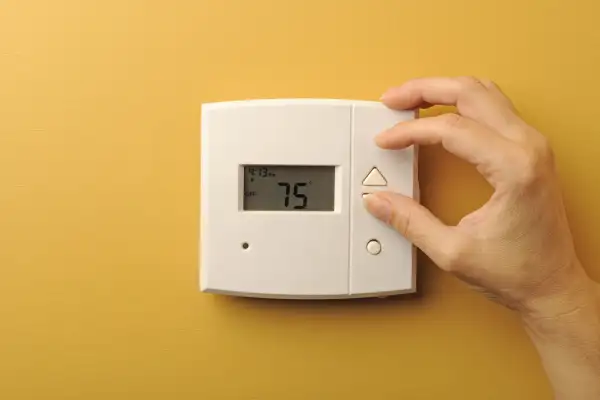What You Need to Know Before You Replace Your Furnace

Is it time for a new furnace? Probably so, if the old one is suffering frequent breakdowns or requiring costly repairs. The good news is that the new furnace will be far more efficient, reducing your heating bills while keeping you more comfortable on the coldest winter nights. Here’s what you need to know about replacing your furnace.
Know whether to fix or replace
A good rule of thumb is that it’s time to replace your furnace if it’s beyond three-quarters of its life expectancy and the repairs would cost more than a third of replacement cost. How do you know if it’s beyond three-quarters of its life expectancy? Check the label (or ask your contractor) for its manufacturer date; furnaces last an average of 15 to 20 years, according to a study by the National Association of Homebuilders and Bank of America —perhaps another five or six years if it’s a high-quality brand and has been regularly maintained.
Understand the efficiency math
Today’s standard furnace is about 80% efficient (meaning 20 percent of the fuel energy goes up the chimney). But you can get furnaces all the way up to 98.5% efficient, which is listed on the product information as the AFUE (Annual Fuel Utilization Efficiency) rating. That kind of super efficiency can tag on $1,000 to $2,000 to your cost, says Brian Amodio, of Action Air Conditioning Heating and Solar, in San Marcos, Calif., so get a price quote and do the math: For example, if you’re paying $2,000 in annual heating costs, a 15% bump in AFUE (from, let’s say, 80% to 95%) would save you about $300 per year. If the added cost is $1,500, that’s a five-year payback, well worth the upfront cost as long as you’re staying put for the next, say, eight to 10 years to net a profit on the expense.
Check the ducts
There’s more to a heating system than the furnace, of course, and your house’s ducts—the tubes that deliver the heated air from room to room—can be a major source of inefficiency. Easily a third of your heated air could be escaping into the unheated attic, crawlspace, or basement, says physicist Max Sherman, who leads the Energy Performance in Buildings Group at the Lawrence Berkeley National Laboratory. Your heating contractor—or a duct specialist—can improve the old ducts by removing the insulation, taping up gaps, and re-insulating. Or you can hire an Aeroseal contractor to seal your ducts by spraying a high-tech substance inside the ducts that congeals around openings to create a rubbery seal over every single gap and crack. This method can even seal small openings that are inaccessible to a repair technician. The process costs $500 to $1,500 and could slash your heating (and cooling) bills by 20%—possibly a better return on investment than the high-efficiency furnace.
Lower your heating needs
Another possibly better move than a super-efficient furnace is adding insulation to your home. Start by having an energy audit done (many states have lists of authorized companies that do this work, sometimes for free or at a subsidized price). The investigator may recommend some simple steps—like adding attic-floor insulation or spraying foam along the top of the foundation walls (perhaps $500 each), or may suggest blowing insulation into the walls ($2,000 to $5,000 ). Crews will remove a row of siding for each story of your house, drill holes in the sheathing every 16 inches or so, and blow cellulose fiber (ground-up newspaper) inside. Then they glue the drilled-out plugs back in place and reinstall the siding. (You’ll need some touch-up painting as well.) You could slash your heating needs 5% (if adding to existing insulation) to 25% (if there’s little or no existing insulation) of heating and cooling bills, meaning smaller monthly bills—and possibly a smaller new furnace.
